Cover
Preface
Introduction
What is an operating system?
Evaluation Criteria
A brief history of operating systems
I Kernels and Processes
The Kernel Abstraction
The process concept
Dual-mode operation
Safe control transfer
Case Study: Booting an operating system kernel
Case Study: Virtual machines
Conclusion and future directions
The Programming Interface
Process management
Input/output
Case Study: Implementing a shell
Case Study: Interprocess communication
Operating system structure
Conclusion and future directions
II Concurrency
Concurrency and Threads
Threads: Abstraction and interface
Simple API and example
Thread internals
Implementation details
Asynchronous I/O and event-driven programming
Conclusion and future directions
Synchronizing Access to Shared Objects
Challenges
Shared objects and synchronization variables
Lock: Mutual Exclusion
Condition variables: Waiting for a change
Implementing synchronization objects
Designing and implementing shared objects
Conclusions
Advanced Synchronization
Multi-object synchronization
Deadlock
Alternative approaches to synchronization
Conclusion
Scheduling
Uniprocessor scheduling
Multiprocessor scheduling
Energy-aware scheduling
Real-time scheduling
Queuing theory
Case Study: data center servers
III Memory Management
Address Translation
Address translation concept
Segmentation and Paging
Efficient address translation
Software address translation
Conclusions and future directions
Caching and Virtual Memory
Cache concept: when it works and when it doesn't
Hardware cache management
Memory mapped files and virtual memory
Conclusions and future directions
Applications of Memory Management
Zero copy input/output
Copy on write
Process checkpointing
Recoverable memory
Information flow control
External pagers
Virtual machine address translation
Conclusions and future directions
IV Persistent Storage
File Systems: Introduction and Overview
The file system abstraction
API
Software layers
Conclusions and future directions
Storage Devices
Magnetic disk
Flash storage
Conclusions and future directions
Files and Directories
Accessing files: API and caching
Files: Placing and finding data
Directories: Naming data
Putting it all together: File access in FFS
Alternatives to file systems
Reliable Storage
Transactions: Atomic updates
Error detection and correction
Conclusion and future directions
V Index
Index
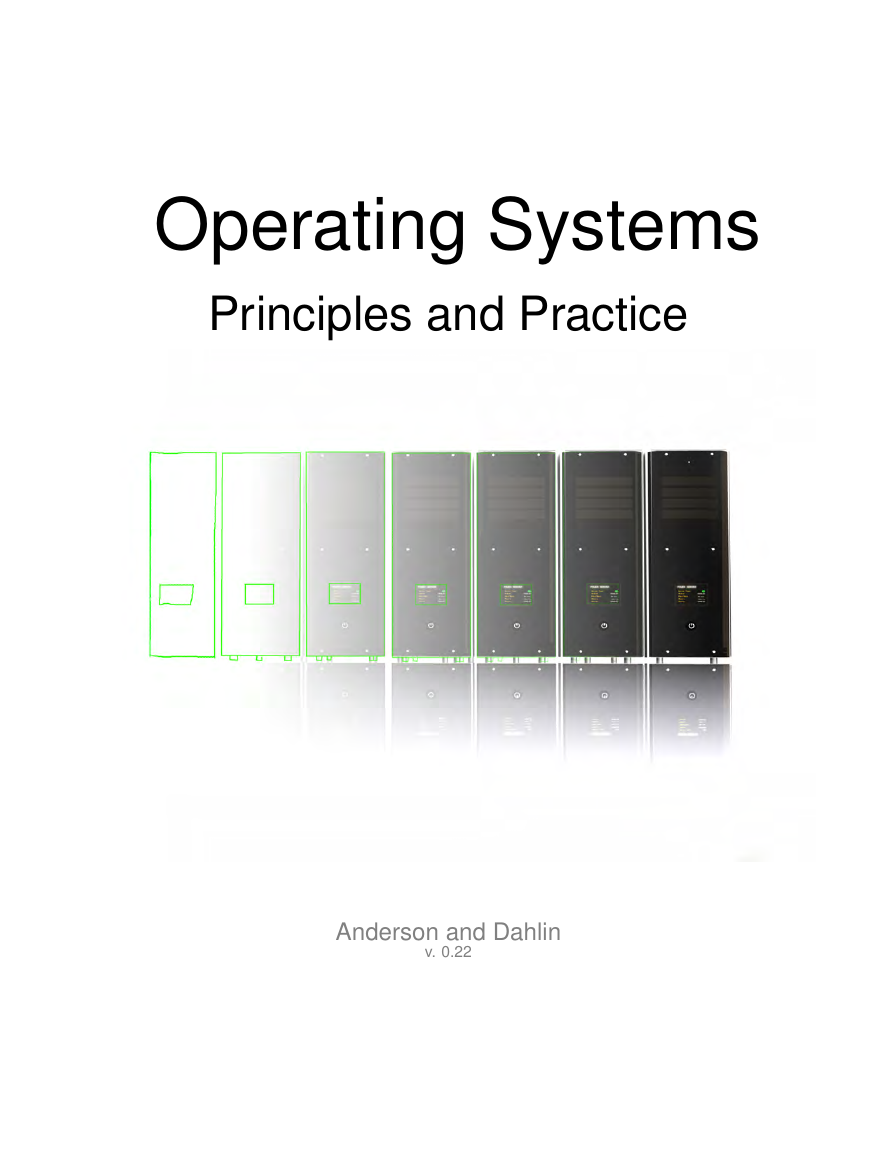

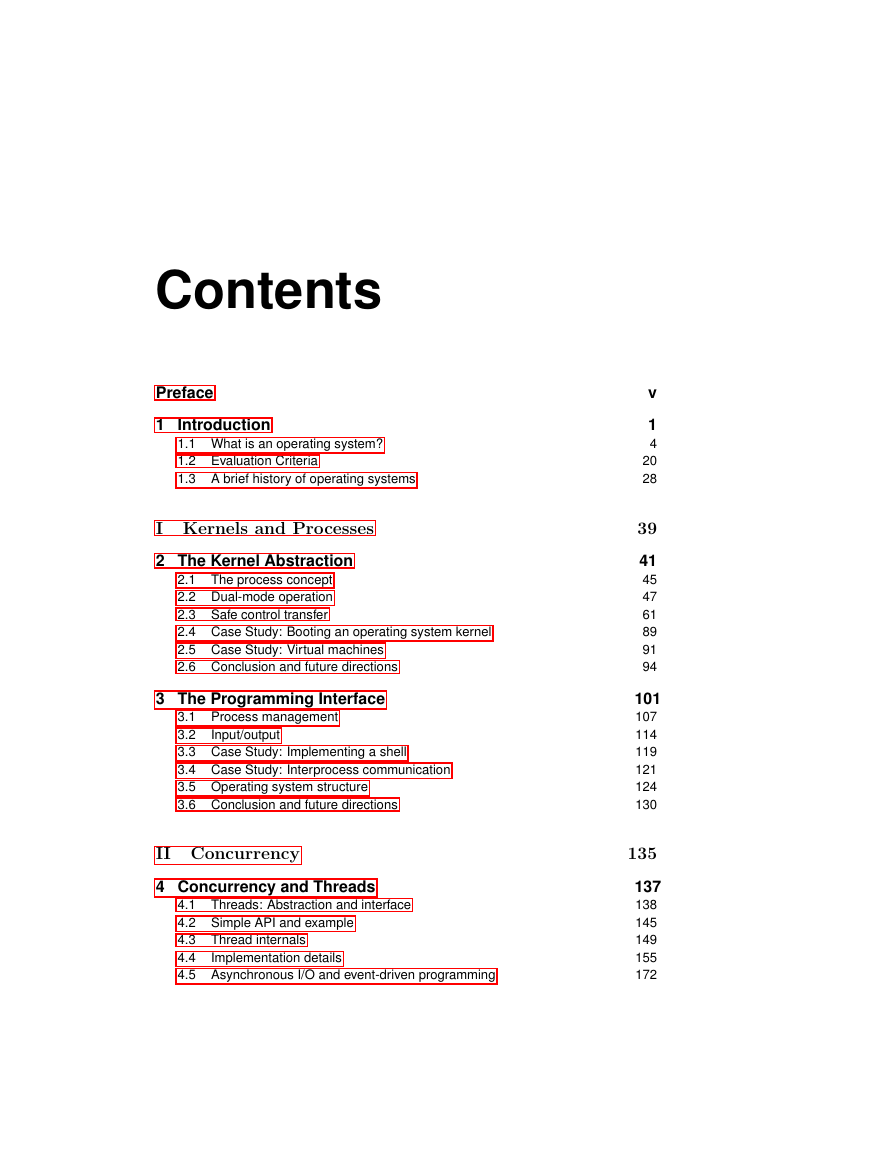

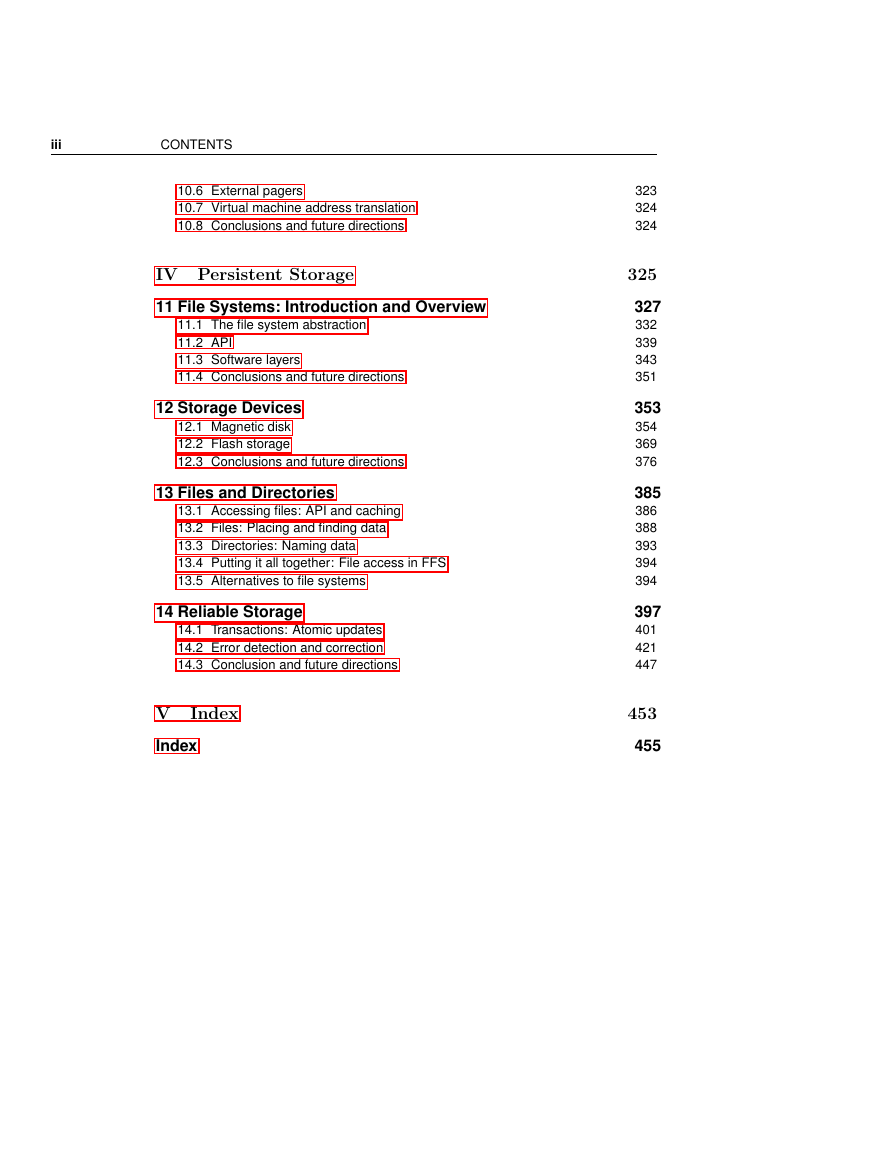

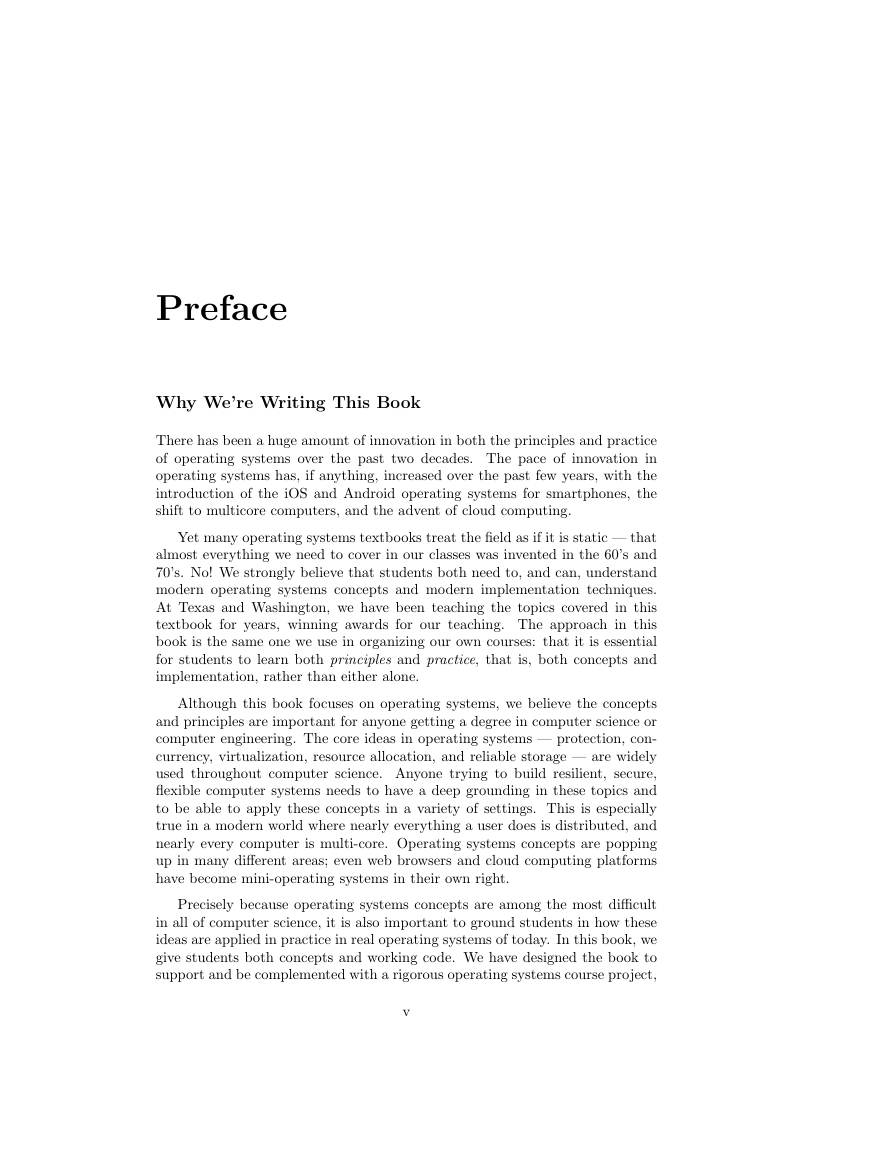
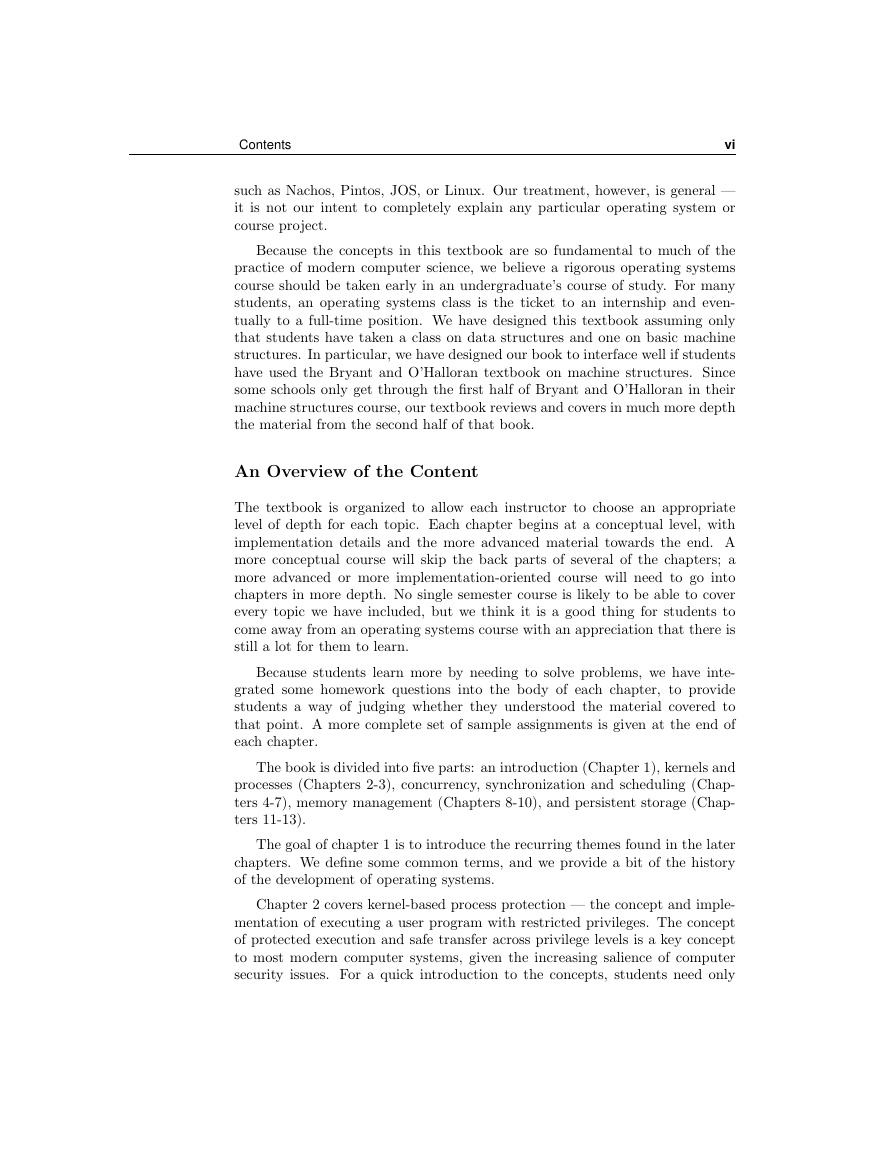








 2023年江西萍乡中考道德与法治真题及答案.doc
2023年江西萍乡中考道德与法治真题及答案.doc 2012年重庆南川中考生物真题及答案.doc
2012年重庆南川中考生物真题及答案.doc 2013年江西师范大学地理学综合及文艺理论基础考研真题.doc
2013年江西师范大学地理学综合及文艺理论基础考研真题.doc 2020年四川甘孜小升初语文真题及答案I卷.doc
2020年四川甘孜小升初语文真题及答案I卷.doc 2020年注册岩土工程师专业基础考试真题及答案.doc
2020年注册岩土工程师专业基础考试真题及答案.doc 2023-2024学年福建省厦门市九年级上学期数学月考试题及答案.doc
2023-2024学年福建省厦门市九年级上学期数学月考试题及答案.doc 2021-2022学年辽宁省沈阳市大东区九年级上学期语文期末试题及答案.doc
2021-2022学年辽宁省沈阳市大东区九年级上学期语文期末试题及答案.doc 2022-2023学年北京东城区初三第一学期物理期末试卷及答案.doc
2022-2023学年北京东城区初三第一学期物理期末试卷及答案.doc 2018上半年江西教师资格初中地理学科知识与教学能力真题及答案.doc
2018上半年江西教师资格初中地理学科知识与教学能力真题及答案.doc 2012年河北国家公务员申论考试真题及答案-省级.doc
2012年河北国家公务员申论考试真题及答案-省级.doc 2020-2021学年江苏省扬州市江都区邵樊片九年级上学期数学第一次质量检测试题及答案.doc
2020-2021学年江苏省扬州市江都区邵樊片九年级上学期数学第一次质量检测试题及答案.doc 2022下半年黑龙江教师资格证中学综合素质真题及答案.doc
2022下半年黑龙江教师资格证中学综合素质真题及答案.doc